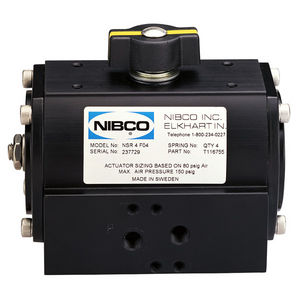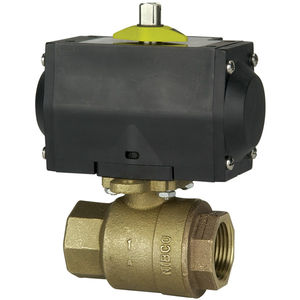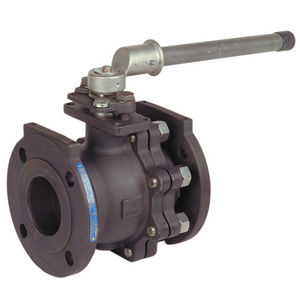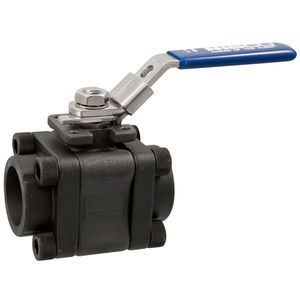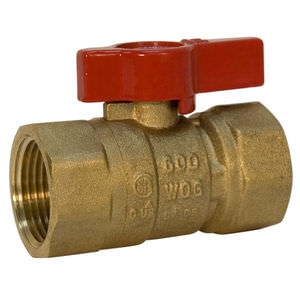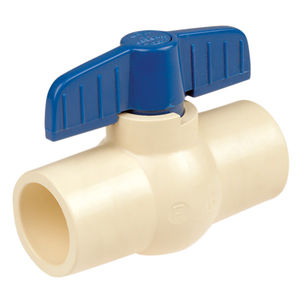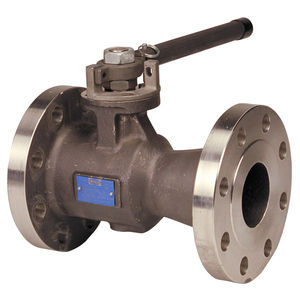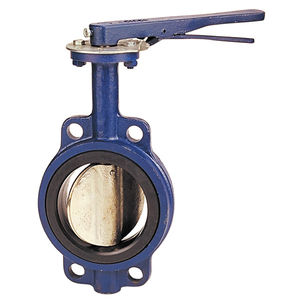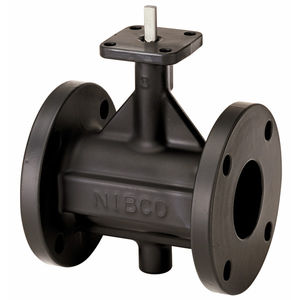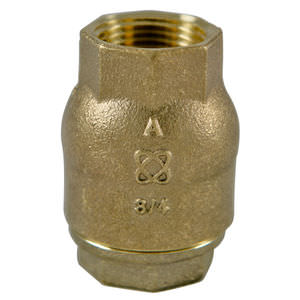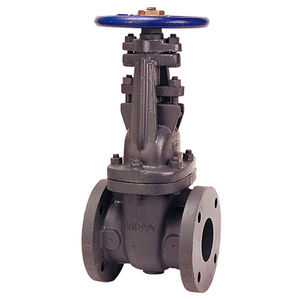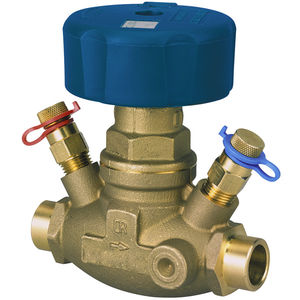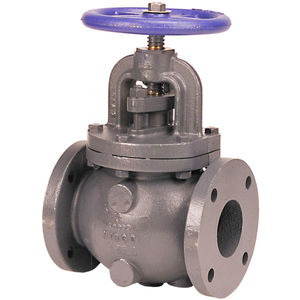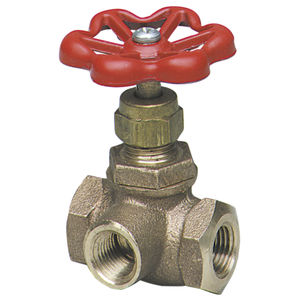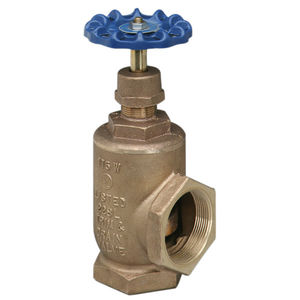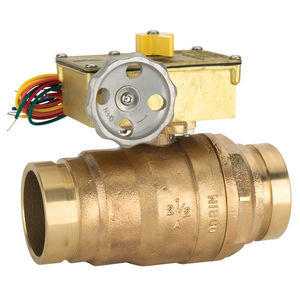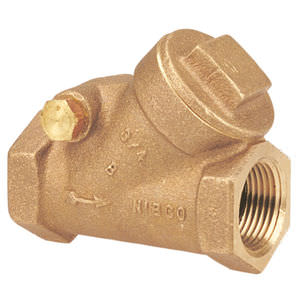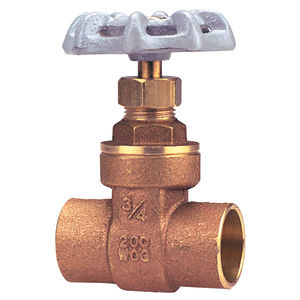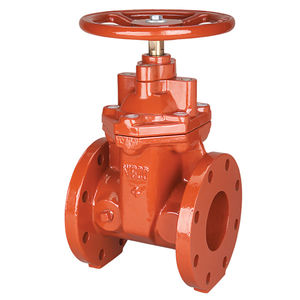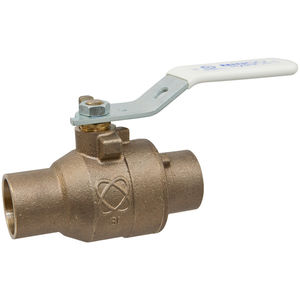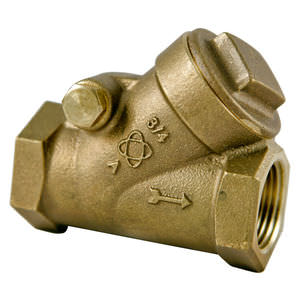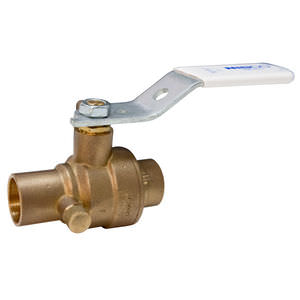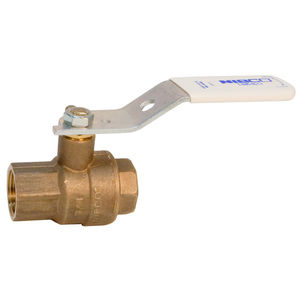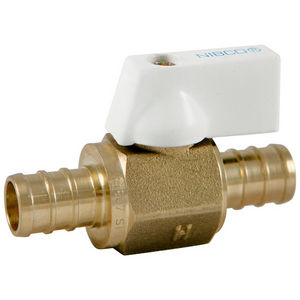
Swing check valve F-908-W seriesflangebackflowfire protection
Add to favorites
Compare this product
Characteristics
- Type
- swing
- Body
- flange
- Applications
- backflow, fire protection
- Material
- cast iron, bronze
- Other characteristics
- horizontal
- DN
Min.: 2.5 in
Max.: 12 in
- Pressure
12.1 bar
(175.5 psi)
Description
The NIBCO® flanged cast iron horizontal swing check valve is designed with renewable seat and disc. Swing check valves prevent backflow by automatically closing when fluid reverses direction. This valve is generally installed between the Siamese connections and the riser to prevent backflow. The check valve is recommended for automatic fire sprinkler systems and is UL/ULC listed and FM approved.
The cast iron check valve features flanged end connections for easy installation. The swing check valve includes a renewable rubber disc and bronze seat ring. Swing checks may be installed in horizontal positions (or vertical with flow moving up). The check valve is recommended for automatic fire sprinkler systems and is UL/ULC listed and FM approved. Please refer to NIBCO technical data sheets, chemical resistance guides and catalogs for engineering and installation information. Choose NIBCO® check valves, for the most specified, versatile and economical valve option in commercial, mechanical, fire protection and industrial applications. NIBCO® check valves are backed by the NIBCO 5-year 125% limited warranty.
Class 125 flanged end connections
Iron body, bronze mounted trim (IBBM)
Bolted bonnet
Renewable seat and disc
All sizes tapped 3/4" at location "C" for ball drip assembly
Flanged end connections
Use in U.S. drinking water applications is prohibited after January 3, 2014
Catalogs
No catalogs are available for this product.
See all of NIBCO‘s catalogsRelated Searches
*Prices are pre-tax. They exclude delivery charges and customs duties and do not include additional charges for installation or activation options. Prices are indicative only and may vary by country, with changes to the cost of raw materials and exchange rates.




